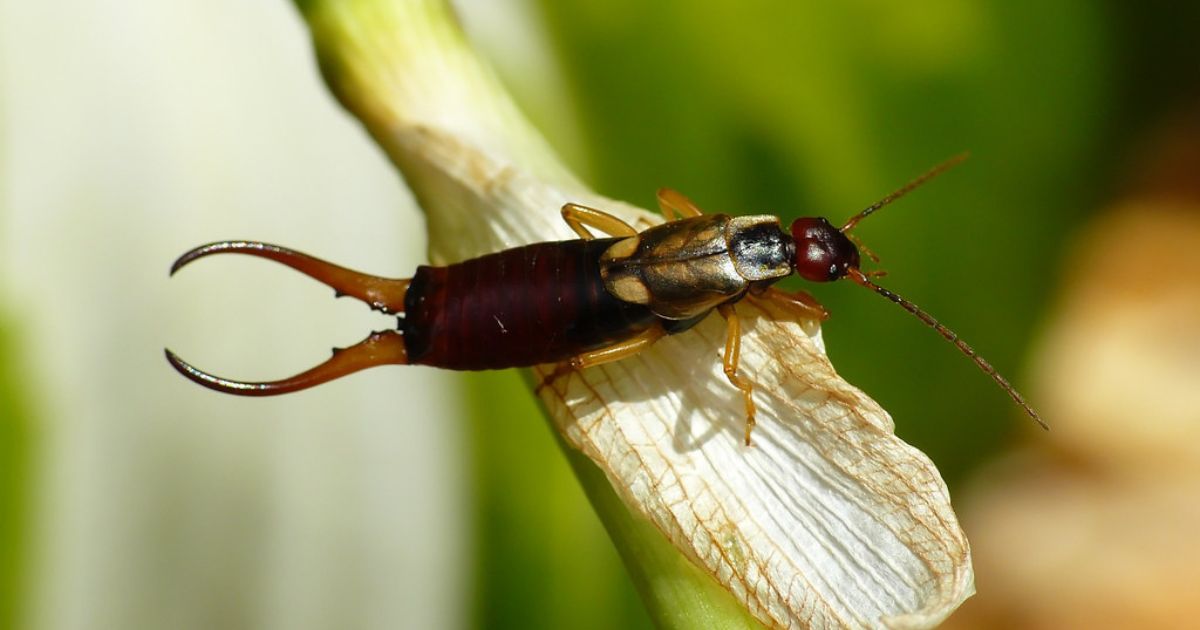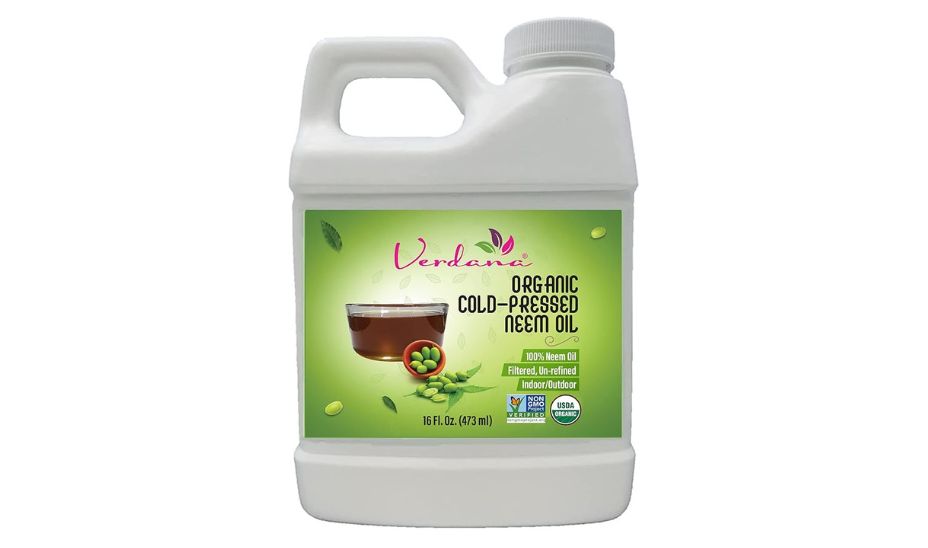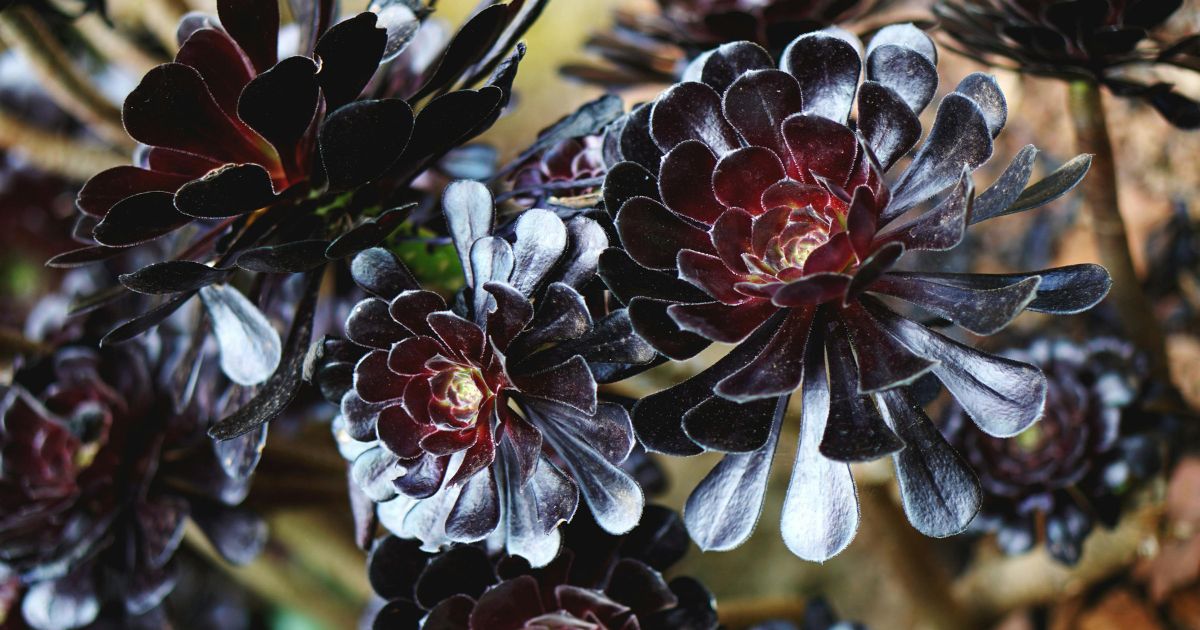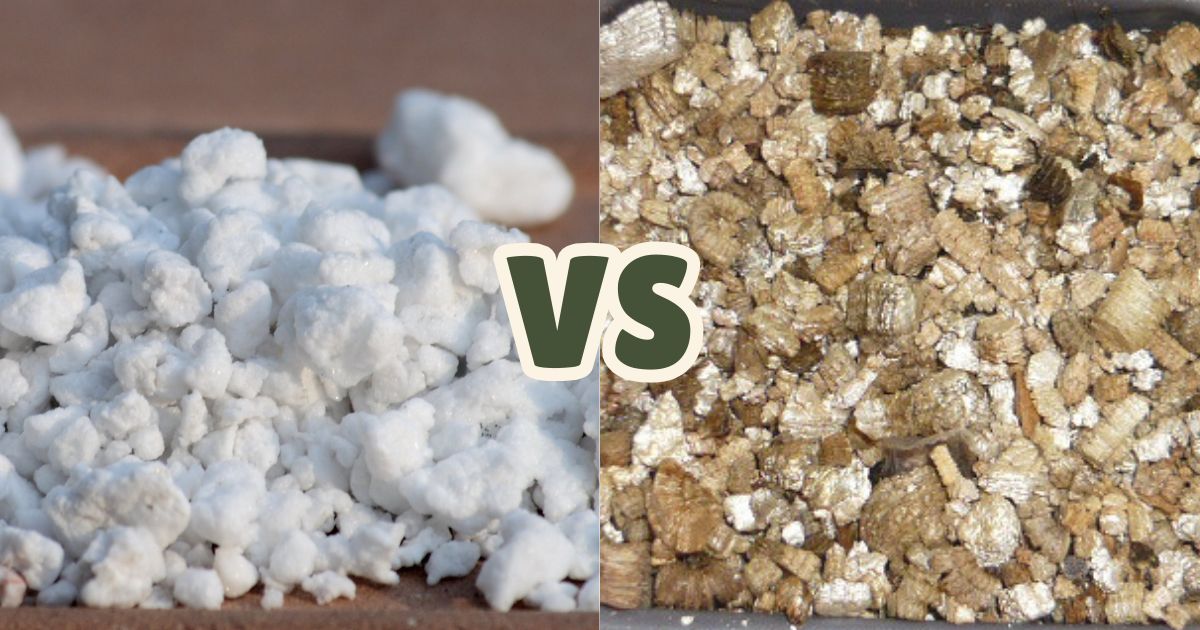
How to Get Rid of Earwigs: A Complete Guide
Earwigs, with their pincers and nocturnal habits, can seem intimidating, but they are a common pest that most homeowners encounter at some point. This guide will explain how to get rid of earwigs, address whether earwigs are dangerous, and uncover what earwigs in your house might signify.
What Are Earwigs?
Earwigs (Forficula auricularia) are small insects with elongated bodies, measuring about 0.5 to 1 inch in length. They are typically brown or black and are easily recognized by their forceps-like pincers at the rear of their bodies. These insects are nocturnal and prefer damp, dark environments.
Are Earwigs Dangerous? Do Earwigs Bite?
One of the most common concerns is, “Are earwigs dangerous?” The answer is no. While their pincers may look menacing, they are harmless to humans and pets.
- Do earwigs bite? No, earwigs do not bite. They may use their pincers defensively, but this is rare and unlikely to cause harm.
Earwigs are not poisonous, and their presence is more of a nuisance than a danger.
What Are Earwigs a Sign Of?
Finding earwigs in your house or garden is often a sign of favorable conditions for them, such as:
- Moisture: Earwigs thrive in damp environments, such as bathrooms, basements, or gardens.
- Food Sources: They feed on decaying organic matter, plants, and small insects.
- Shelter: Piles of leaves, mulch, or clutter around your home provide ideal hiding spots.
Their presence may indicate high humidity levels or a need for better home maintenance.
How to Get Rid of Earwigs in Your House Fast
1. Remove Moisture
Since earwigs are attracted to damp areas, reduce indoor humidity by using a dehumidifier or improving ventilation in areas like bathrooms and basements. Fix leaky pipes and seal cracks around windows and doors to prevent their entry.
2. Clean Up Clutter
Eliminate hiding spots for earwigs by removing piles of leaves, mulch, or debris near your home’s foundation. Indoors, keep storage areas tidy and free from dampness.
3. Use Natural Repellents
- Diatomaceous Earth: Sprinkle diatomaceous earth around entry points or infested areas. This natural powder dehydrates and kills earwigs upon contact.
- Essential Oils: Earwigs dislike scents like lavender, tea tree, or cedarwood. Mix a few drops of essential oil with water and spray around entry points.
4. Set Traps
Traps are an effective way to catch and kill earwigs.
- Rolled Newspaper Trap: Roll up a damp newspaper and leave it out overnight. Earwigs will hide inside, and you can discard the trap the next morning.
- Oil and Soy Sauce Trap: Fill a shallow container with equal parts soy sauce and vegetable oil. Place it near infested areas; earwigs are attracted to the scent and will drown in the mixture.
5. Apply Pesticides
If natural methods are insufficient, use pesticides labeled for earwigs. Focus applications on baseboards, cracks, and areas where earwigs are most active. Always follow product instructions carefully.
6. Professional Help
For severe infestations, consider contacting a pest control professional to eliminate earwigs effectively and prevent future issues.
What Kills Earwigs?
Several methods are effective at killing earwigs:
- Diatomaceous Earth: A natural and non-toxic solution.
- Insecticides: Products containing bifenthrin or carbaryl are highly effective.
- Traps: Simple homemade traps like the oil-soy sauce method work well.
Preventing Earwigs in the Future
- Seal Entry Points: Use caulk to seal cracks and gaps around windows, doors, and foundations.
- Maintain Landscaping: Trim vegetation and keep mulch away from your home’s foundation.
- Reduce Outdoor Lighting: Earwigs are attracted to lights. Use motion-activated lighting or reduce unnecessary outdoor lights near entry points.
By following these tips, you can quickly and effectively get rid of earwigs in your house and prevent them from returning. While they aren’t dangerous, their presence may indicate environmental conditions that need addressing. Using a combination of natural repellents, traps, and pesticides will help ensure a pest-free home.



